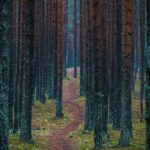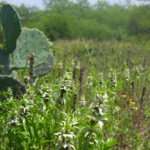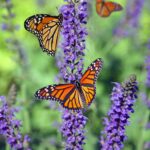A Brief Guide to Edible Wild Plants
South Central Texas boasts a surprising diversity of edible wild plants, perfect for the adventurous forager. Before you head out, remember safety is paramount: only harvest plants you can confidently identify, and be aware of potential hazards like poisonous look-alikes and private property. Remember, if it doesn’t stab, scratch, poke, sting, bite, have venom, or poison you, it’s not from Texas.
Here are some edible plants commonly found in South Central Texas:
1. Prickly Pear Cactus (Opuntia):
- Edible Parts: The pads (nopales) and fruit (tunas) are both edible. Young pads are best, and the fruit is delicious when ripe.
- Preparation: Nopales need to be peeled and prepared to remove the tiny spines (glochids). Tunas can be eaten raw or used in jams and jellies.
2. Dewberries (Rubus trivialis):
- Edible Parts: The sweet, juicy berries.
- Preparation: Can be eaten fresh or used in pies, jams, and cobblers.
3. Texas Persimmon (Diospyros texana):
- Edible Parts: The fruit, best when fully ripe and soft.
- Preparation: Can be eaten fresh or used in desserts.
- Word of note: Unripe persimmons are astringent and not palatable.
4. Mustang Grape (Vitis mustangensis):
- Edible Parts: The grapes, best used when ripe.
- Preparation: Can be eaten fresh, used to make juice, jelly, or wine.
5. Yaupon Holly (Ilex vomitoria):
- Edible Parts: The leaves, traditionally used to make a caffeinated beverage called yaupon tea.
- Preparation: Leaves must be dried and processed to make tea. Avoid consuming large quantities.
- Use caution when consuming any plant for medicinal purposes.
Foraging Tips for South Central Texas:
- Timing: The best time for foraging is usually in the spring and fall when many plants are producing fruit or flowers.
- Identification: Use multiple resources to positively identify any plant before consumption.
- Sustainability: Only harvest what you need and avoid damaging the plants or their surrounding environment.
- Location: Avoid foraging in areas with potential pollution or pesticide use.
Remember to always prioritize safety and respect for the environment when foraging. Happy foraging!




